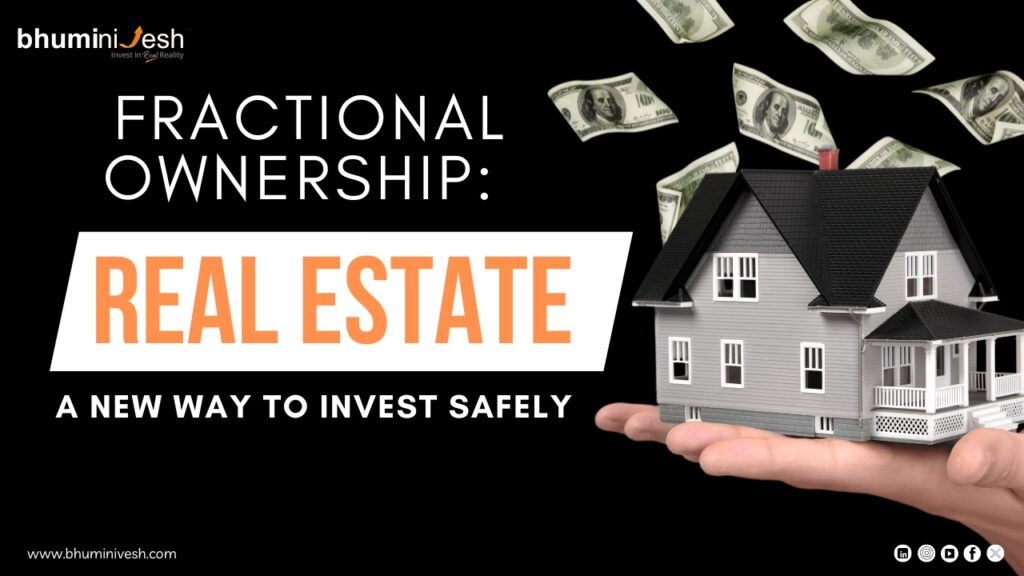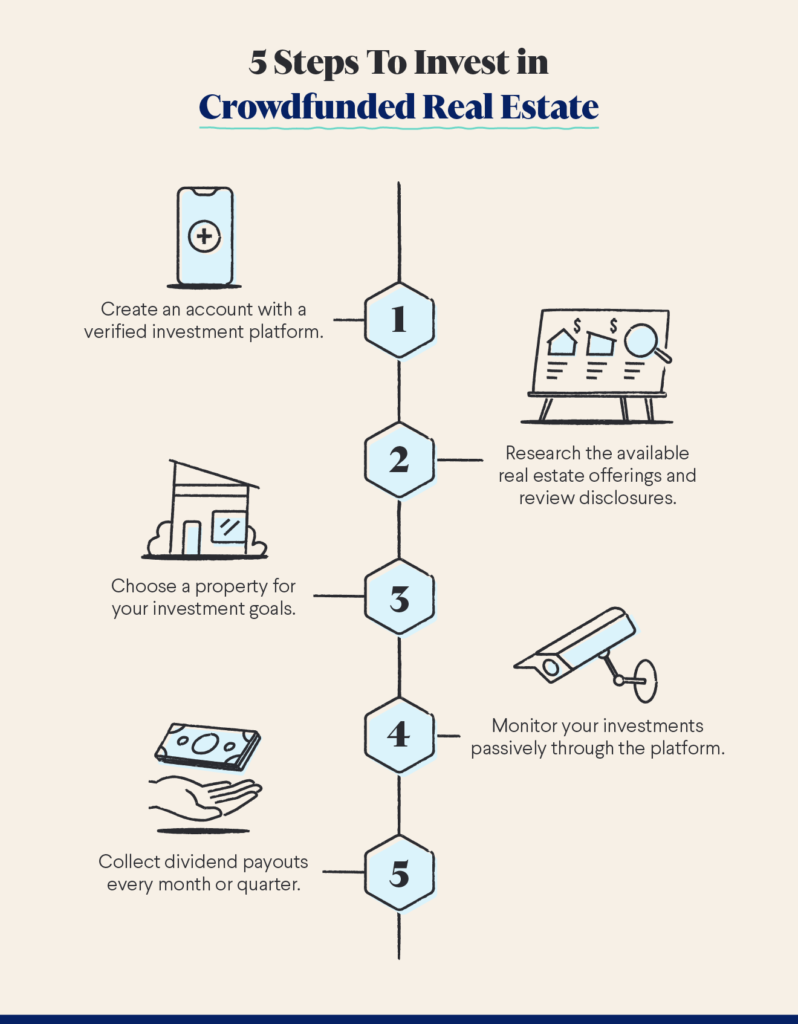🏠 The Rise of Fractional Ownership: Real Estate for the Everyday Investor
Introduction
Real estate has long been considered a cornerstone of wealth-building, but the high capital requirements have traditionally made it accessible only to the affluent. However, the emergence of fractional ownership is revolutionising this landscape, enabling everyday investors to participate in property markets that were once out of reach. This model allows individuals to own a share of a property, thereby lowering the financial barrier to entry and democratizing access to real estate investments.Architectural Digest

🧩 What Is Fractional Ownership?
Fractional ownership involves dividing the ownership of a property into smaller shares, each representing a percentage of the whole. Investors purchase these shares, gaining rights to a portion of the property’s value, rental income, and potential appreciation. This concept is particularly prevalent in vacation homes, luxury estates, and commercial properties, where individual ownership would be financially prohibitive.
📈 The Growth of Fractional Ownership
The rise of fractional ownership can be attributed to several factors:
- High Property Prices: In cities like London, Manchester, and Birmingham, soaring property prices have made full ownership unattainable for many. Fractional ownership offers a solution by allowing investors to own a share of high-value properties.theaustralian+2blog.propnerd.io+2estate-link.net+2
- Technological Advancements: Online platforms have streamlined the process of buying and selling property shares, making it more accessible and transparent.blog.propnerd.io
- Desire for Diversification: Investors are increasingly seeking to diversify their portfolios beyond traditional stocks and bonds, and real estate offers a tangible asset class that can provide steady returns.
- Global Investment Opportunities: Platforms like EstateX enable investors to own shares in properties worldwide, tapping into high-growth markets and mitigating risks associated with localized downturns. brickbyblock.io
💡 Benefits of Fractional Ownership
1. Lower Capital Requirements
Traditional real estate investments often require significant upfront capital. Fractional ownership reduces this barrier, allowing investors to enter the market with smaller amounts of money.
2. Diversification
By owning shares in multiple properties across different locations, investors can spread their risk and enhance potential returns. nikorilifestyles
3. Access to High-End Properties
Fractional ownership makes it possible to invest in luxury properties and prime locations that might otherwise be financially out of reach. Kurby Real Estate AI
4. Professional Management
Many fractional ownership arrangements include professional property management services, relieving investors of the day-to-day responsibilities of maintenance, repairs, and tenant management. Kurby Real Estate AI
5. Income Generation
Investors can earn rental income from their fractional ownership property when they are not using it themselves. Depending on the property and location, this income can help offset the costs of ownership and potentially generate a profit. Kurby Real Estate AI
⚠️ Considerations and Risks
While fractional ownership offers numerous advantages, it’s essential to consider potential risks:
- Liquidity: Selling shares in a property may not be as straightforward as selling stocks, and the market for these shares can be limited.
- Management Fees: Professional management services come with associated costs, which can impact overall returns.blog.propnerd.io+7estate-link.net+7nikorilifestyles+7
- Market Volatility: Real estate markets can fluctuate, and property values may not always appreciate as expected.
- Regulatory Risks: Different jurisdictions have varying laws regarding property ownership, and changes in regulations can affect the viability of fractional ownership investments.
🏢 Platforms Facilitating Fractional Ownership
Several platforms have emerged to facilitate fractional ownership:
- Pacaso: Specializes in luxury vacation homes, allowing up to eight co-owners per property. San Francisco Chronicle+1wired.com+1
- Arrived: Focuses on single-family rental properties, enabling investors to earn rental income.Concreit+1entera.ai+1
- BrickX: Offers fractional ownership in residential properties, providing access to the Australian property market.
- EstateX: Provides opportunities to invest in global real estate markets, including commercial properties. brickbyblock.io

🧭 Future Outlook
The future of fractional ownership looks promising, with increasing interest from both individual investors and institutions. As technology continues to evolve, the process of investing in fractional shares is becoming more streamlined and accessible. Additionally, the potential for global diversification and the ability to invest in high-value properties without significant capital outlay make fractional ownership an attractive option for the everyday investor.
✅ Conclusion
Fractional ownership is transforming the real estate investment landscape, offering everyday investors the opportunity to participate in property markets that were once exclusive to the wealthy. By lowering capital requirements, providing access to high-end properties, and offering professional management services, fractional ownership democratizes real estate investment. However, as with any investment, it’s crucial to conduct thorough research and consider potential risks before committing.
Read More:https://wealthfitlife.com/top-5-green-energy-stocks-to-watch-in-2025/
❓ Frequently Asked Questions (FAQs)
- What is the main difference between fractional ownership and a timeshare?
Fractional ownership provides investors with a share in the property’s equity and potential appreciation, whereas timeshares typically offer usage rights without ownership of the underlying asset. - Is fractional ownership legally recognized?
Yes, but the legal structure can vary by jurisdiction. It often takes the form of a special purpose vehicle (SPV) or co-ownership agreement, and legal recognition depends on local property and securities laws. - How is property maintenance handled in fractional ownership?
Most fractional ownership arrangements include professional property management, which oversees maintenance, repairs, and tenant relations. Costs are shared proportionally among the owners. - Can I sell my share in a fractional property?
Yes, but liquidity can be limited. Some platforms have secondary markets, while others require you to sell privately or through the platform. - What kind of returns can I expect?
Returns vary by location, property type, and market conditions. They may include rental income, appreciation, and tax advantages, but returns are not guaranteed. - Is fractional ownership suitable for first-time investors?
Yes, particularly because it lowers the entry barrier. However, it’s important to assess risk tolerance and understand the platform’s terms and fees. - Are there taxes associated with fractional real estate investment?
Yes, fractional owners may be liable for property taxes, income taxes on rental earnings, and capital gains taxes upon sale. Tax implications vary by country and ownership structure. - What happens if one of the co-owners defaults or wants out?
This depends on the ownership agreement. Some contracts allow for buyouts, while others may have arbitration clauses or require mutual consent for exits. - Are fractional properties only available for residential real estate?
No. Fractional ownership is expanding into commercial real estate, vacation properties, and even farmland. - How do I choose a reputable platform for fractional ownership?
Look for transparency in fees, track record, legal structures, and reviews. Regulatory compliance and clear exit strategies are also critical factors.
📚 Academic References
- Geltner, D., Miller, N. G., Clayton, J., & Eichholtz, P. (2014). Commercial Real Estate Analysis and Investments (3rd ed.). On fractional ownership in institutional and retail investment structures.
- Ling, D. C., & Archer, W. R. (2017). Real Estate Principles: A Value Approach (5th ed.). Discusses ownership structures, including fractional arrangements.
- Brounen, D., Eichholtz, P., & Ling, D. C. (2009). “Private equity performance: A real estate perspective.” The Journal of Portfolio Management, 35(5), 50–61.
- Fisher, J., Geltner, D., & Pollakowski, H. O. (2007). “A quarterly transactions-based index of institutional real estate investment performance and movements in supply and demand.” The Journal of Real Estate Finance and Economics, 34(1), 5–33.
- Morrison, W. & White, R. (2020). “Fintech Platforms and Real Estate Investment: Legal Frameworks for Tokenization and Fractional Ownership.” Journal of Property, Planning and Environmental Law, 12(3), 239–257.
- Walczak, D. (2020). “Blockchain and Real Estate Tokenization: A Legal Framework.” Harvard Journal of Law & Technology, 33(2), 467–509.
- Chien, C. S., & Lee, C. C. (2021). “Digital platforms and real estate investment: Innovations, regulations, and implications.” Property Management, 39(4), 521–537.
- Oikarinen, E., Hoesli, M., & Serrano, C. (2011). “The long-run dynamics between direct and securitized real estate.” Journal of Real Estate Research, 33(1), 73–103.
- Liow, K. H., & Webb, J. R. (2009). “Common factors in international securitized real estate markets.” Review of Financial Economics, 18(2), 80–89.
- Gallin, J. (2008). “The long-run relationship between house prices and rents.” Real Estate Economics, 36(4), 635–658.
